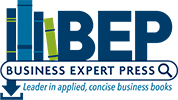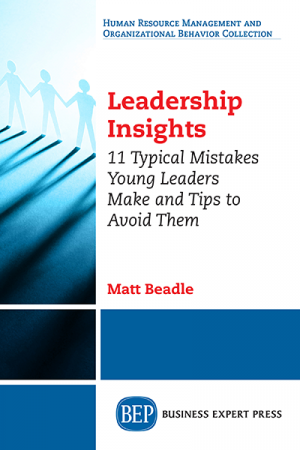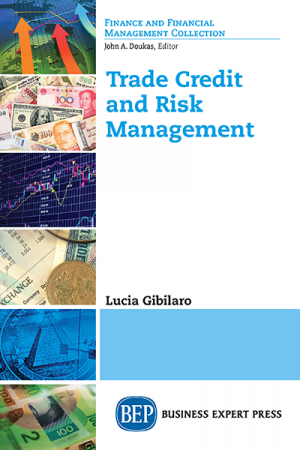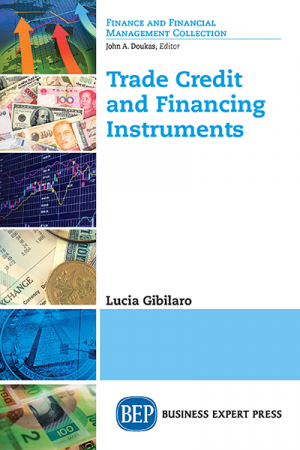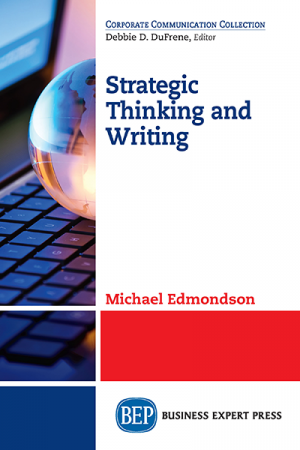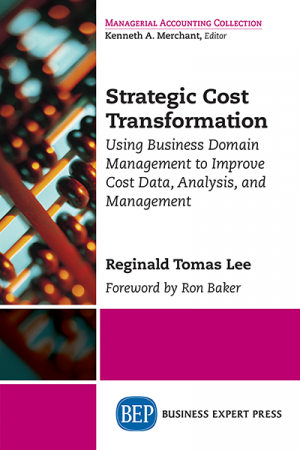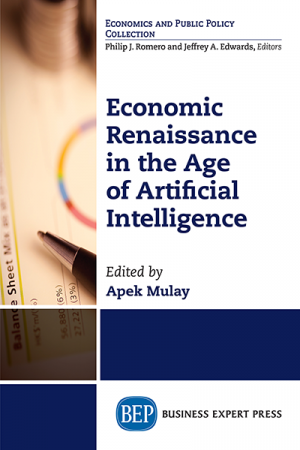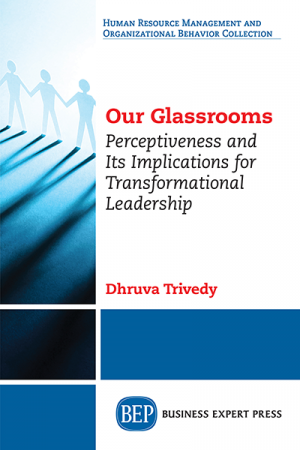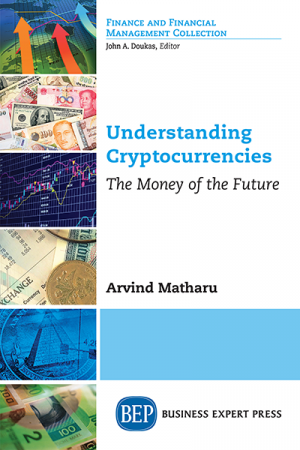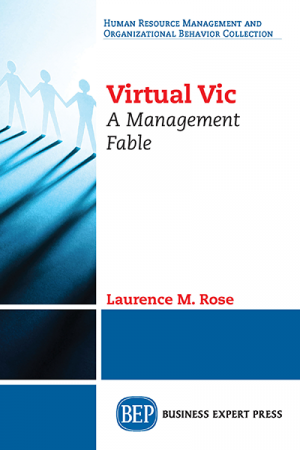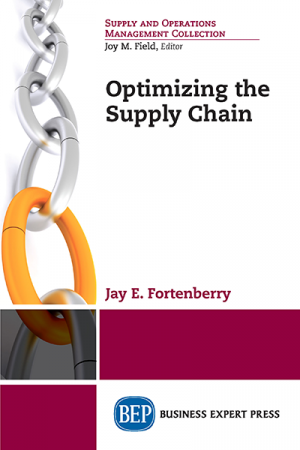Leadership Insights: 11 Typical Mistakes Young Leaders Make and Tips to Avoid Them
$21.99Leading ones first team can be a daunting and sometimes over- whelming experience, requiring self-reflection, self-discipline, communication, and organizational skills as well as no small amount of guts and values. This book provides young leaders or future high-potentials the guidance needed for how to deal with the challenges of leading teams in modern organizations.
Understanding the power of strengths-based leadership using clear two-way communication and, in particular, identifying with one’s own leadership philosophy are central themes in this book. It highlights the typical mistakes made by first- time leaders and offers theoretical and practical advice to deal with the difficulties of management.
